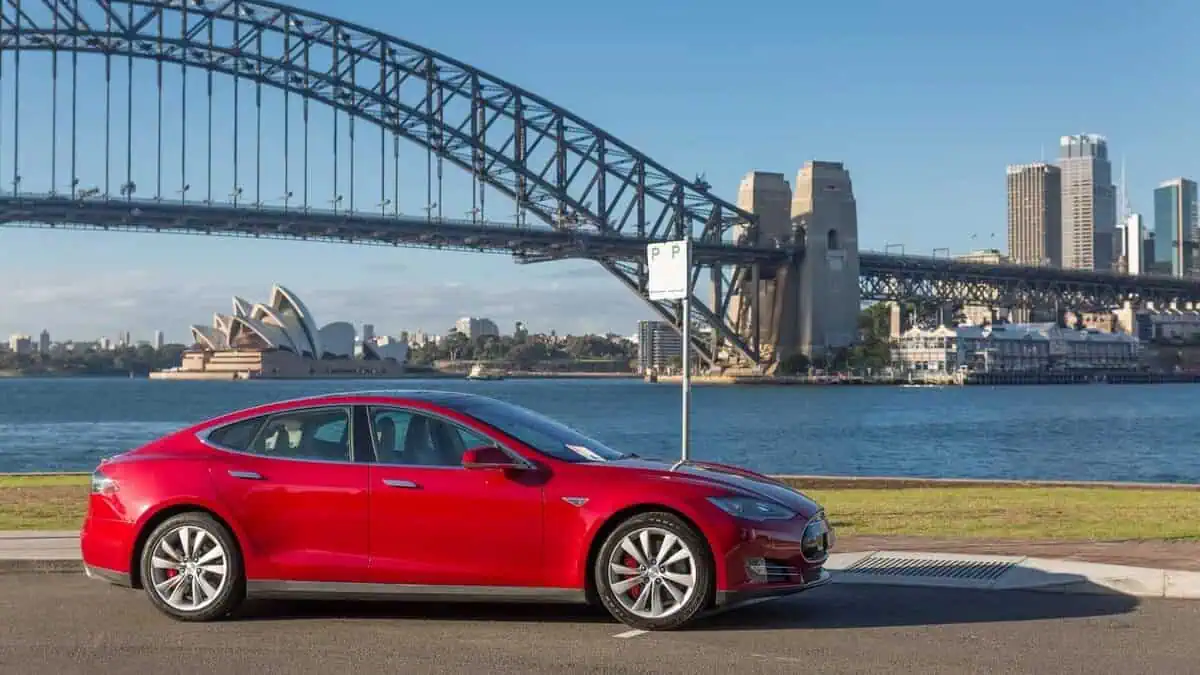A prominent industry group has advised the Australian government to adopt ambitious electric vehicle targets to effectively meet its climate objectives.
The Electric Vehicle Council (EVC) is a national body representing Australia’s EV industry. That said, it is only natural for the group to voice out its concerns regarding the country’s electrification progress.
Why are ambitious EV targets necessary?
EVC emphasized the need for vehicle pollution limits in its recent submission to the federal government. Such limits are vital to ensuring the transport sector plays its “fair share” in reducing Australia’s carbon emissions.
“…the EVC recommends the government adopt the term New Vehicle Efficiency Standard (NVES) to more accurately reflect the purpose of this regulation, which is to encourage the supply of more efficient new vehicles.
This change in terminology would also help to provide clarity to the community that this standard does not apply to existing vehicles already on Australian roads and/or to fuel. In line with this recommendation, the remainder of our submission adopts the term New Vehicle Efficiency Standard or NVES.”
Electric Vehicle Council
For context, Australia has only committed to a 43% reduction in carbon emissions from 2005 levels by 2030.
In hindsight, the country witnessed a decline of 13.2% to 86.5 million tons of greenhouse gas emissions during the 12 months leading up to March 2021. According to the report, the decline was due to COVID-related restrictions.
However, transport emissions rebounded to 93.1 million tons in the year leading up to September 2022, indicating the pressing need for sustained efforts in emissions reduction.
Alarmingly, electric vehicles only accounted for 3.8% of Australia’s new vehicle sales in 2022. In contrast, Europe’s EV industry already has about 20% market share. This significant disparity highlights the need for Australia to accelerate its EV adoption efforts.
In response, the Electric Vehicle Council has called for the establishment of a national fuel efficiency target that is globally competitive. It aims to incentivize electric automakers to export low and zero-emission vehicles to Australia.
By setting an ambitious target, Australia can encourage greater investment in the EV market and drive the development and availability of cleaner transportation options nationwide.
Failing to achieve significant reductions in transport emissions will impose a greater burden on other industries to meet the 2030 climate target.
All that said, EVC is recommending that the Australian government adopt National Vehicle Emission Standards (NVES) targets within a specific range. It aims to establish a globally competitive standard that aligns with the United States and the European Union during this decade.
“Our proposed target range should be considered as the minimum acceptable levels that in our view would be consistent with Australia’s emissions reduction targets, and the state/territory EV sales targets outlined in the National Electric Vehicle Strategy.”
Electric Vehicle Council
See Also:
- Queensland advanced as the best state to buy an EV in Australia
- ight EV fleet surged to 83,000 units in Australia in 2022; BEVs accounted for 79%
- Australia is expected to hit the 100,000 EV milestone, per research
- Tesla launches Non-Tesla Supercharger Pilot program in Australia
- Queensland targets 100% EV Fleet
By prioritizing the widespread adoption of clean vehicles, Australia can make substantial progress in reducing its carbon footprint and ensuring a sustainable future.
The Australian government now faces a critical decision regarding the adoption of ambitious EV targets. Embracing these targets will not only support the country’s climate goals. It will also stimulate innovation, drive economic growth, and enhance the overall environmental sustainability of the transportation sector.






